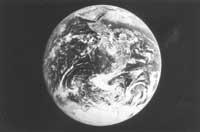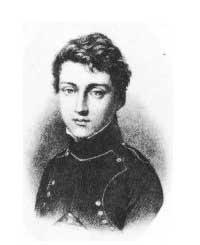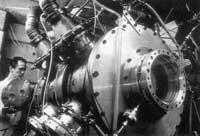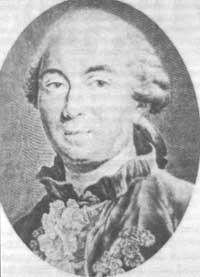William Thomson (Lord Kelvin)
1992/05/01 Azkune Mendia, Iñaki - Elhuyar Fundazioa Iturria: Elhuyar aldizkaria
This engineer, mathematician and physicist joined the world of Belfast (present-day Northern Ireland) on 26 June 1824. His father was a professor of mathematics at the University of Glasgow and his son, at the age of eight, attended lectures.
At the age of 11, William Thomson began studying at university and published two mathematical papers at the age of 16 and 17 respectively. The first was read by a former professor at the Royal Society in Edinburgh, for the appearance that the student did not speak at such an important meeting.
He graduated at the age of 21 at the University of Cambridge. He then moved to Paris to complete his studies and had Mr. Regnault.
Both were university professors. My father taught mathematics and his son natural philosophy, which they once called science. Thomson was the first teacher in the physics laboratory and in the conference room.

In 1846, based on the principles of physics, he calculated the age of the Earth. He considered that the Earth was part of the Sun and that it had its temperature, which then cooled slowly. To reach the current temperature a period of between 20 and 400 million years was taken. However, she considered that it was the age of 100 million years the most suitable.
Geologists did not settle. In his opinion, the age of the Earth was much older and discussions began that lasted for more than fifty years. When radioactivity was discovered, it was shown that geologists were right.
Thomson did deep work on heat. He opted for Joule and worked on the Joule-Thomson effect, which bears his name. The essence of this phenomenon is the decline of gases when they expand into the vacuum. Then it was of great importance for gas liquefaction and obtaining very low temperatures.
Thomson also analyzed the consequences of Charles' discovery. Charles said that if the gases decrease their temperature to 0°C to 1°C, their volume decreases 1/273.
In 1848 he proposed that by cooling the gases up to -273°C, the volume and motor energy (up to zero) of the molecules are lost. As this occurred in all molecules of bodies, since there was no lower temperature, he suggested calling absolute zero at the temperature of -273 °C. (Currently it is said that the absolute zero is -273,18ºC).
Thomson also proposed a new scale. Zero had it at zero absolute and from there grades would be like degrees Celsius. It is currently called Kelvin scale and the grade symbol is K in its honor.
Now everyone accepts the theory of absolute zero, that is, that the motive or kinetic energy of molecules is equal to zero according to Thomson in 1856.
In 1851, based on Carnot's works, he said that all energy tends to degrade in the form of heat, which meant that the universe was running out. Therefore, the second principle of thermodynamics was being formulated.
Years later, Field was determined to install an underwater cable across the Atlantic Ocean. Thomson calculated the cable's ability to carry electrical signals. He introduced improvements in cables and galvanometers and tried to expand Bell's phone in Britain. For all these works the queen gave him the title of Lord Kelvin of Largs.
Between 1890 and 1894 he was president of the Royak Society.
In the 1880s Kelvin was unemployed because he thought all the discoveries of physics were made. Only a few adjustments were needed in some measurements. He was wrong, of course, because in the last years of his life he could see the beginning of the scientific revolution.
He died in Netherhall near Largs (Ayrshire) on 17 December 1907. He was buried at Westminster in London next to Newton.

Gai honi buruzko eduki gehiago
Elhuyarrek garatutako teknologia





